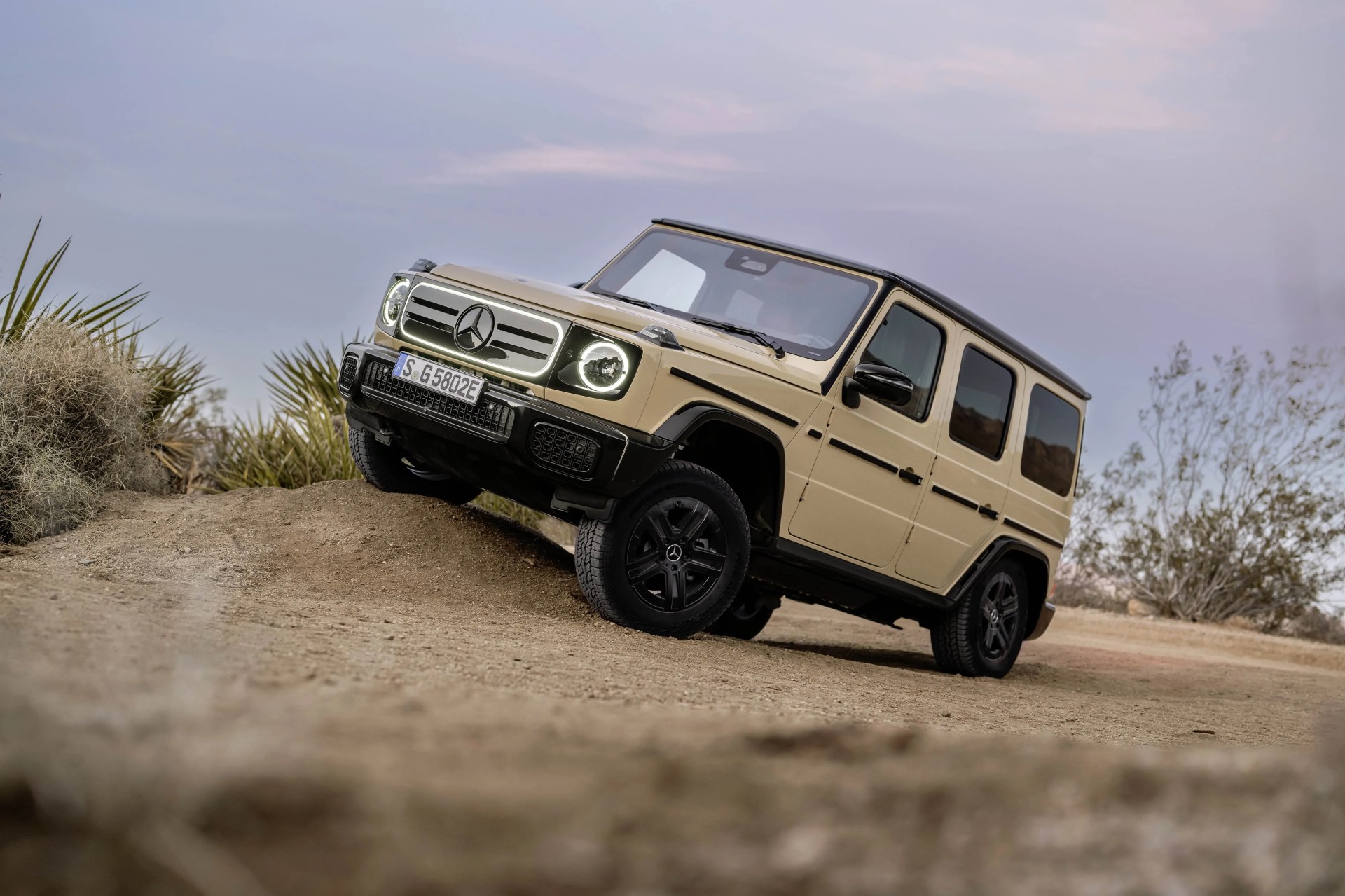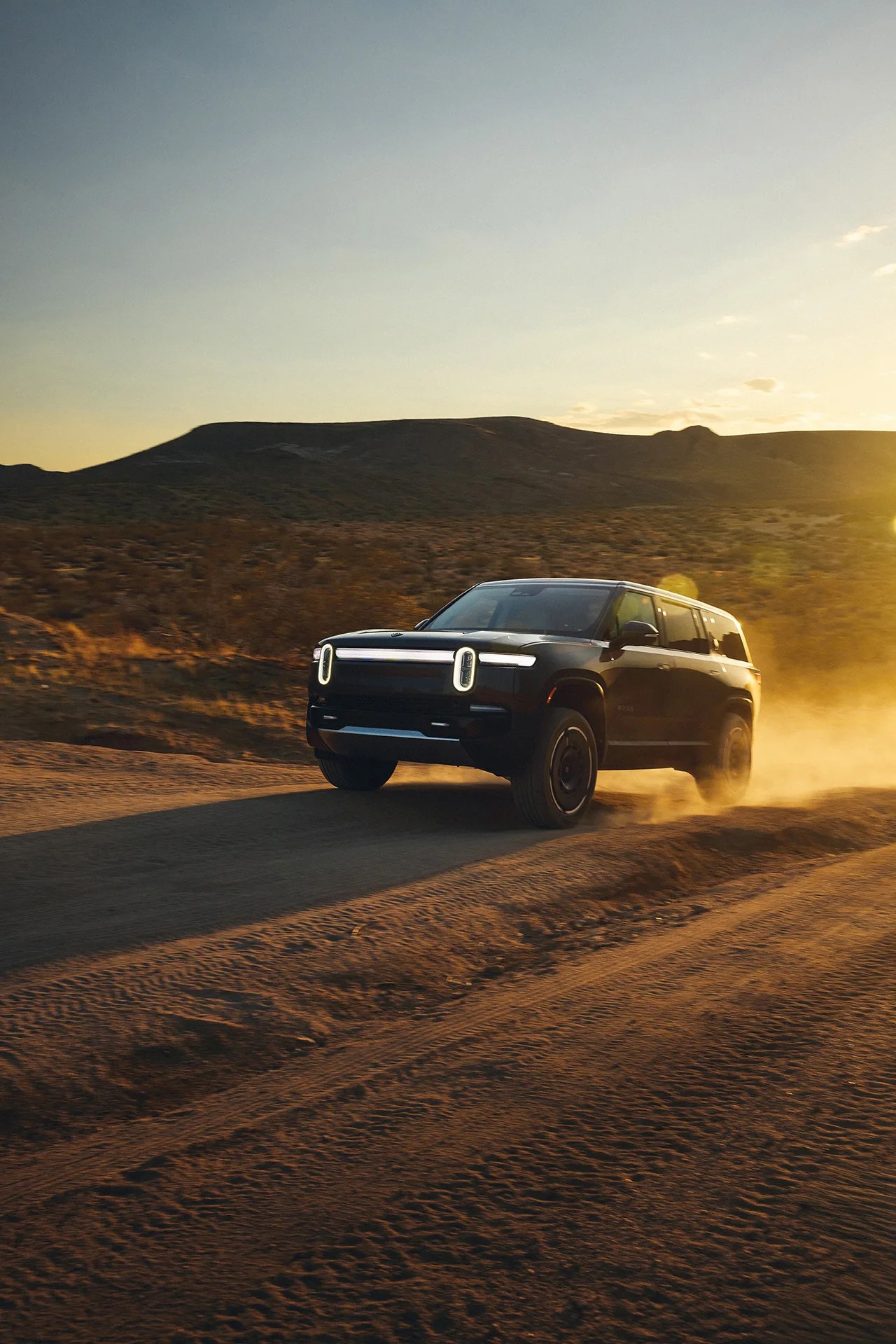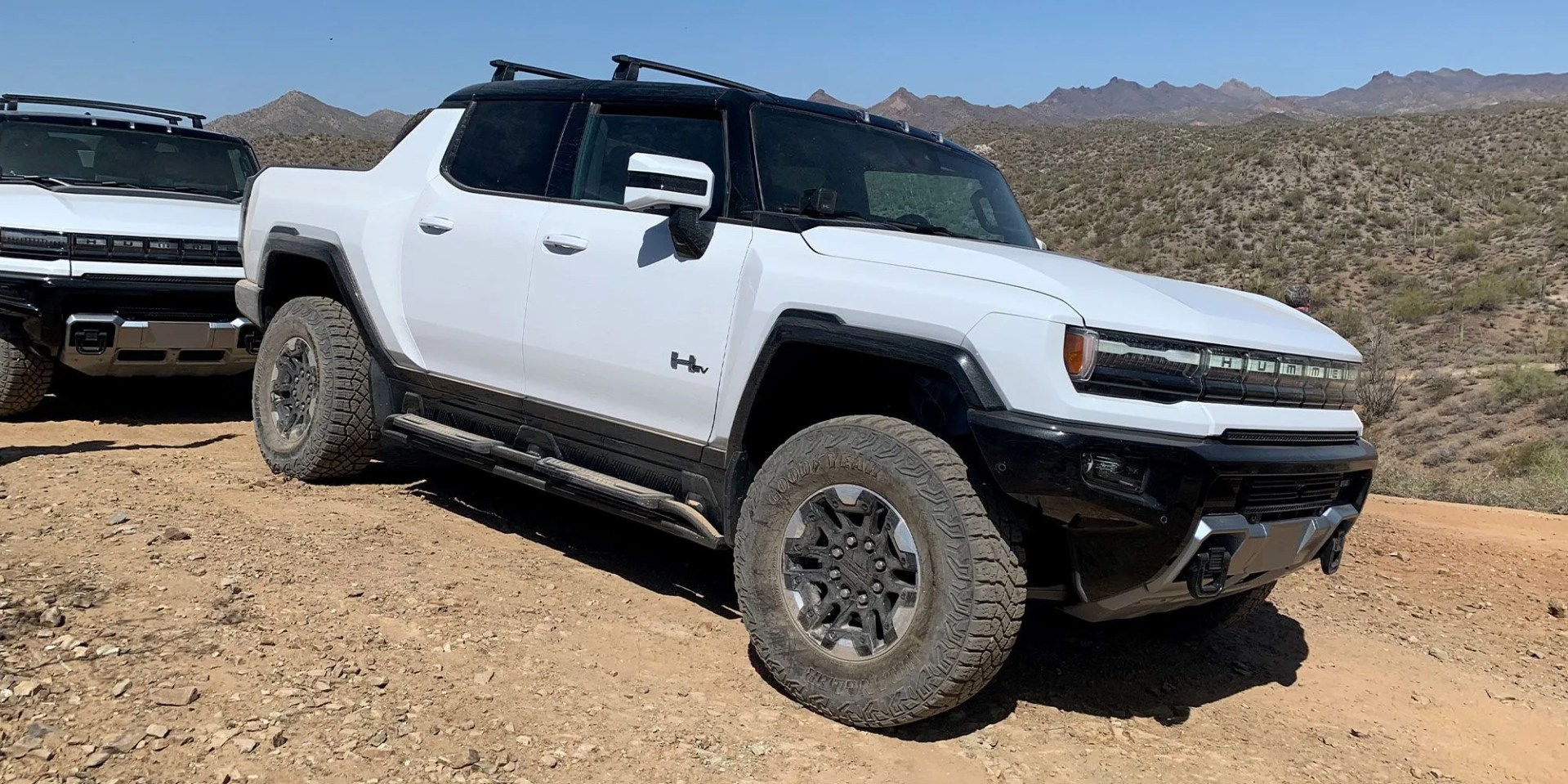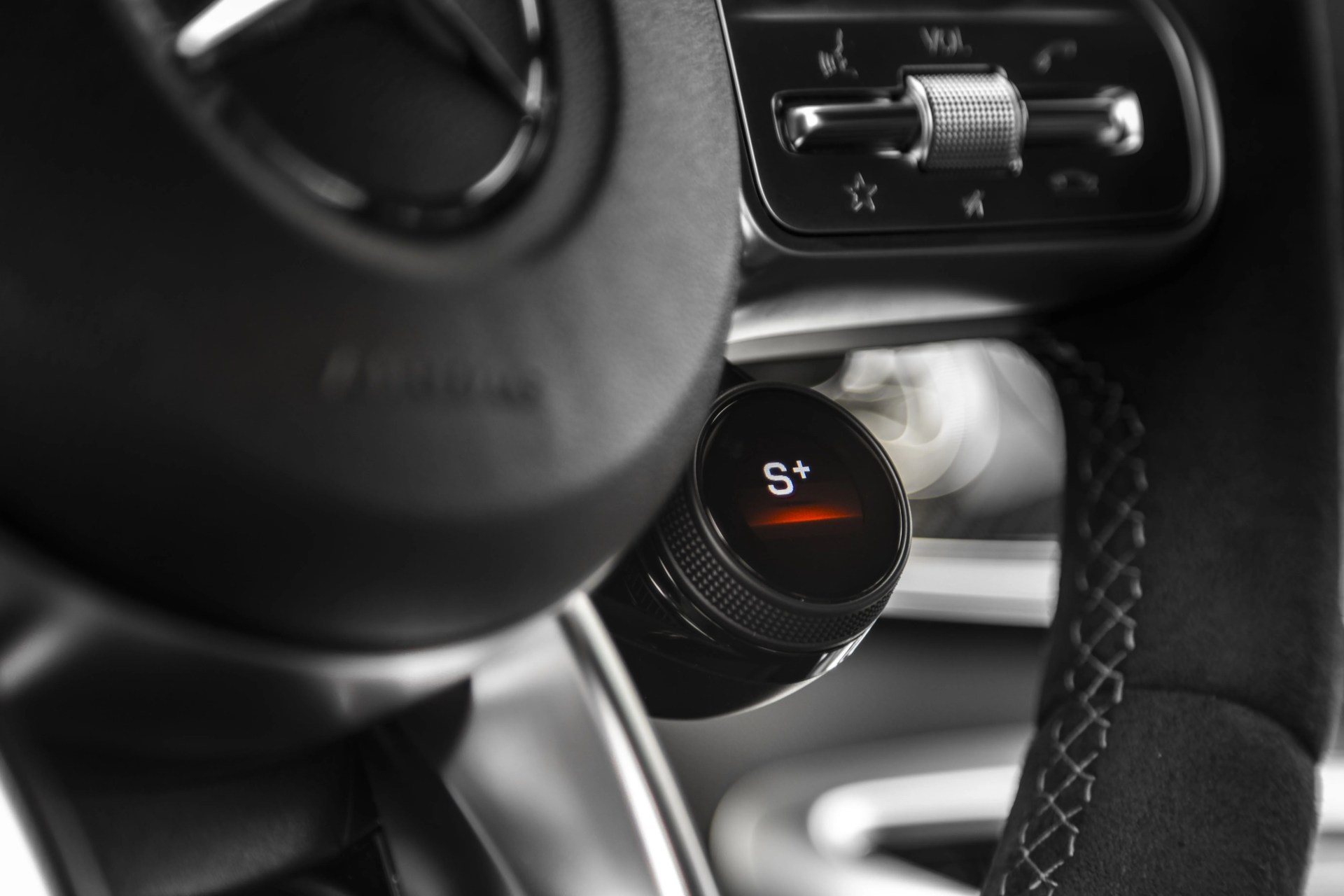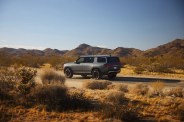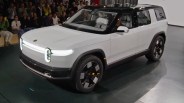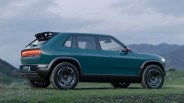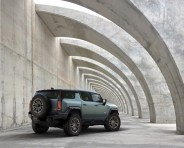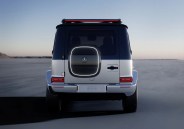How do you distinguish the most high-performance and expensive EV trucks and SUVs from their generic electric sedan, crossover, and hatchback cousins?
The automotive industry’s strategy seems increasingly apparent, especially now that Rivian has rejoined the chat.
Taking Turns Turning Heads
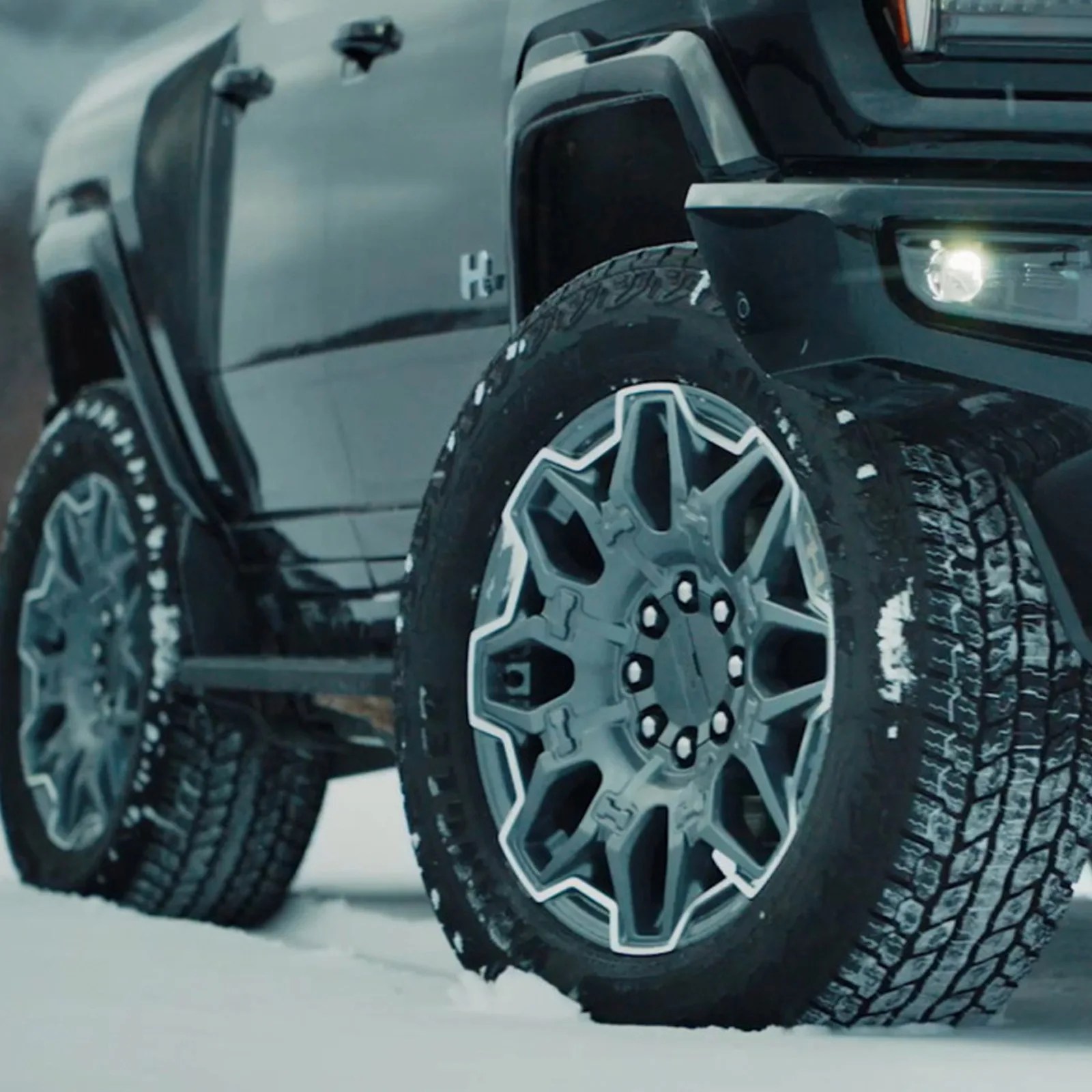
When did elite EVs stop just being quiet and quick and start doing donuts?
In the race to stand out in a rapidly electrifying market, premium automakers have introduced various new turning capabilities that seem as much about brand identity as they are about off-road utility.
In the race to stand out in a rapidly electrifying market, premium automakers have introduced various new turning capabilities that seem as much about brand identity as they are about off-road utility.
These aren’t your dad’s parking assists. We’re talking about vehicles that rotate in place, drive diagonally, and pivot around trail obstacles like ballerinas—all made possible by advanced electric drivetrains.
It’s one of the most unexpected—and entertaining—side effects of the EV revolution.

